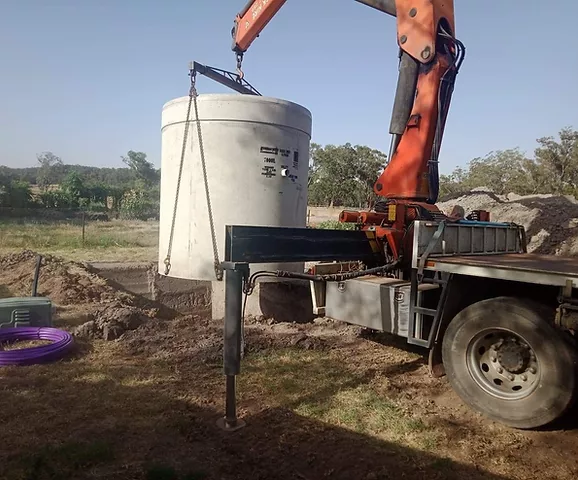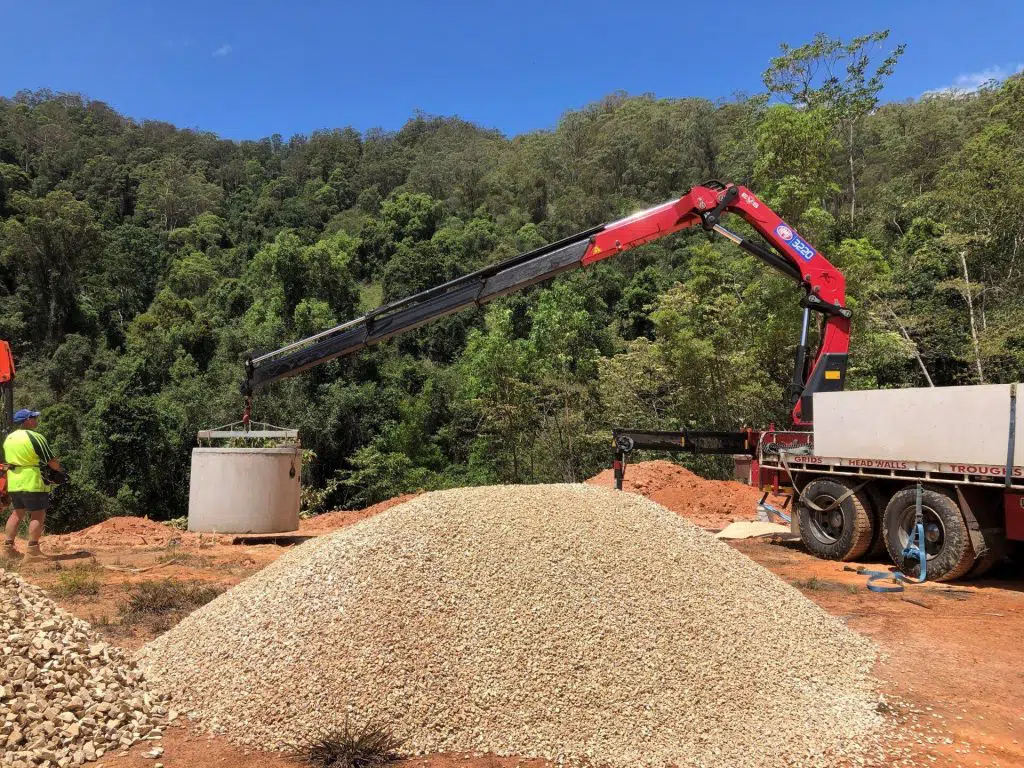How Much Sewage Does a Household Produce? Understanding Your Home’s Wastewater Output

Effective wastewater management begins with understanding how much sewage your household produces. This knowledge is crucial for maintaining a healthy environment, ensuring efficient operation of wastewater systems, and planning for future needs. In this blog, we’ll explore the factors influencing household sewage production, provide insights into typical sewage volumes, and offer tips for managing and reducing your household’s wastewater output.
Common Septic Tank Problems and How to Prevent Them

Maintaining a healthy septic system is essential for the smooth operation of your household’s wastewater management. However, like any other component of your home, septic tanks can encounter issues over time. From clogs and leaks to drain field problems, understanding these common septic tank problems and implementing preventive measures is key to avoiding emergencies and prolonging the lifespan of your system. In this comprehensive guide, we’ll explore the typical issues homeowners may encounter with their septic tanks and provide practical tips for prevention.




